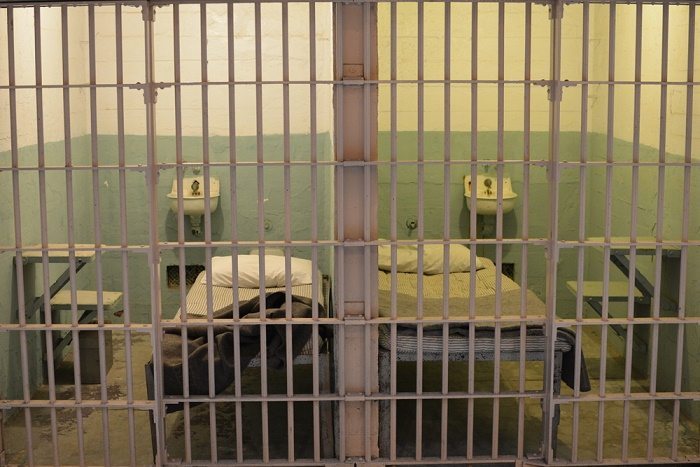Lawsuit: Gay Inmates Placed in Solitary Confinement, Subject to Discrimination
Gay, bisexual, and transgender inmates in California filed a class action lawsuit last week against a county and its sheriff, alleging that they are kept in a segregated ward called an “Alternative Lifestyle Tank,” essentially keeping them in solitary confinement and subjecting them to regular discrimination and harassment.

Gay, bisexual, and transgender inmates in California filed a class action lawsuit last week against a county and its sheriff, alleging that they are kept in a segregated ward called an “Alternative Lifestyle Tank,” essentially keeping them in solitary confinement and subjecting them to regular discrimination and harassment.
The American Civil Liberties Union of Southern California filed the lawsuit on behalf of 15 inmates of the West Valley Detention Center, located in San Bernardino County, California. All “GBT” inmates, as the lawsuit calls them, of the San Bernardino County jail system are automatically transferred to the West Valley Detention Center, where they are kept for the duration of their incarceration.
The suit makes several allegations of mistreatment on the part of the detention center, most of which are centered on one claim: that gay, bisexual, and transgender inmates are completely isolated from the general inmate population and as a result are denied access to the services, programs, and facilities offered to other inmates.
“One of the major purposes of sentencing is rehabilitation,” the suit points out. Yet, GBT inmates are given none of the opportunities for growth and development that are available to others.
Educational programming, like occupational and vocational classes, for example, are only offered to non-GBT inmates, as are drug rehabilitation programs (even when GBT inmates must participate in such programs as part of their sentence), and religious services. GBT inmates also get significantly less time to spend outside of their cells, and on a daily basis spend 22 and a half hours inside their cells, regardless of whether they are deemed a security risk. They’re also barred from participating in mental health programs.
“They are living in a locked down status without any security justification,” reads the lawsuit.
One inmate, Madison Hatfield, was transferred to the Alternative Lifestyle Tank after self-identifying as a transgender woman during the booking process following her arrest this past spring. Throughout her time in the tank, Hatfield was confined to her cell for about 23 hours every day, and was not allowed to work. As a result, Hatfield was not able to earn money or good time work credits, which could have helped her earn an early release.
The inmates also faced harassment based on their sexuality, including being called “sissies” and “freak shows.”
It’s common for gay and transgender inmates to be separated from the general population as a way to protect them from assaults and harassment, but those inmates are still able to access the same services as non-GBT individuals.
“Imposing harsher penalties just because of who they are is illegal, and it’s unconstitutional,” Melissa Goodman, an attorney with the ACLU of Southern California, told the Los Angeles Times.
The San Bernardino County jail system isn’t the only one failing to provide equal treatment to gender and sexual minorities, particularly trans people.
The Southern Poverty Law Center this year warned Georgia officials that it would face a lawsuit if it continued to deny hormone therapy to transgender inmates.
CeCe McDonald, a trans woman who was sentenced to 41 months in prison after attacking a transphobic person in self defense, recently spoke about the motivation behind the unequal treatment of trans prisoners.
“Of course they’re going to discriminate against me more because I am trans,” she said. “They create policies that they say are there to protect you when they’re really there to exclude you from everyone else and put you into your own little box. That’s what they try to do. They tried to keep me in solitary confinement.”
